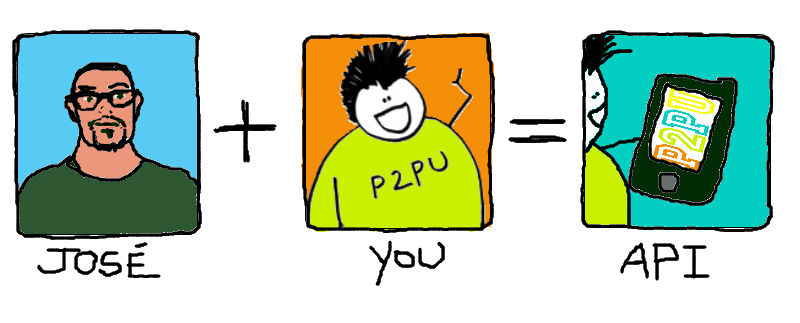Last May, when I had originally intended to go back to the market, I stumbled upon the opportunity of joining the App Inventor team at MIT through the Google Summer of Code programme. After some thought, and knowing that I wanted to do it, I went for it. I can only say that it's been a fantastic experience, I've learnt a lot, and have met some really interesting people.
App Inventor is built on top of the Android SDK, but there's a lot more to it than just Android. Other technologies used in the project are GWT and App Engine, and a portion of the system is built using Kawa, a Java implementation of Scheme. It's been a lot of fun hanging out with the team on G+, and designing a new workflow for App Inventor apps, but the programme is only 3 months long, and although I will keep working on the project in my spare time (it's open source, you can join us too!), the 3 months will be up soon.
Looking for a job in these times of so called recession will probably be harder than when I first arrived in Ireland, many years ago. There's also a lot to be said for working in something that you particularly enjoy, in a culture that suits you. All that stuff about intrinsic motivation that many companies don't seem to care much about, it matters a lot to me.
So, what am I looking for and/or what can I offer to my employer? Well, most of my experience is with Java and also have a small node.js app in production. I have written a tiny bit of python and have finished the saas class (rails) if that's of any use (I have a certificate!). I like no nonsense software processes (sometimes called Agile by some), and I like practices such as TDD, pair programming, and code reviews. I am
And that is all I can think of right now; If that sounds like what you are looking for, please do get in touch.
